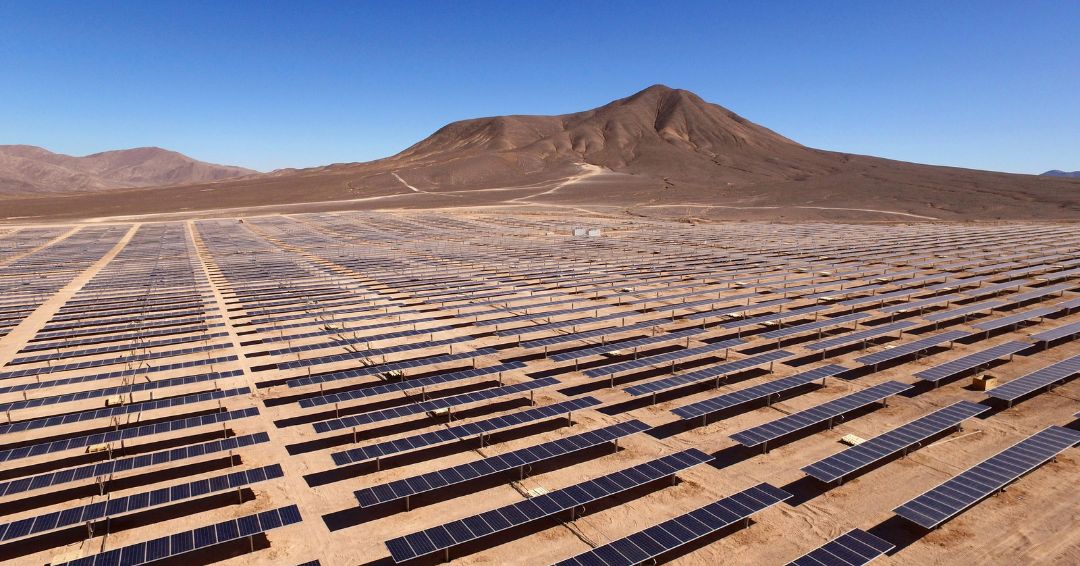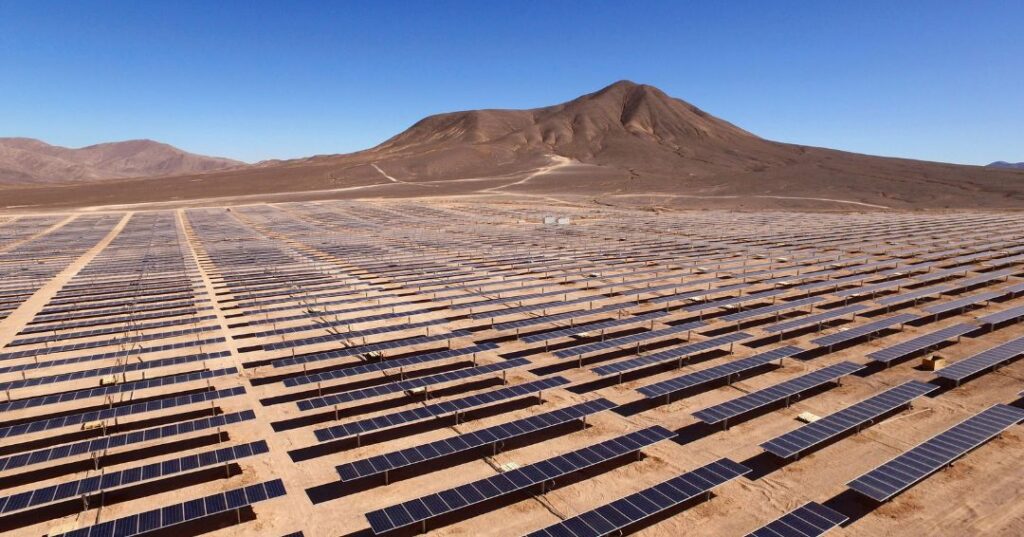
The landscape for climate technology investors is undergoing a dramatic transformation in 2025, marked by political uncertainty, technological advancements, and a recalibration of priorities.
As Donald Trump’s return to the White House casts a shadow over US climate policy, investors are strategically reassessing where to place their bets in the pursuit of carbon-cutting solutions.
The prospect of trade wars further complicates the global economy, prompting a renewed focus on strategic sectors and technologies.
The great climate tech pivot: AI and national security take center stage
Despite a sharp decline in climate tech equity raising from $127 billion in 2022 to an estimated $43 billion in 2024, investors still hold roughly $86 billion in unspent capital, according to Sightline Climate.
This considerable war chest is poised to fuel strategic investments in areas that are gaining momentum.
Bloomberg Green spoke with a dozen investors and analysts to understand where the smart money is headed.
Buy: the rise of AI and national security
One of the most significant shifts is the embrace of artificial intelligence (AI).
Investors, mirroring the broader tech industry, are recognizing AI’s dual role: its own carbon footprint and its potential to reduce pollution.
Monica Varman, a partner at G2 Venture Partners, highlights the transformative opportunities for “frontier climate technologies like nuclear fusion” driven by the massive power demands of data centers.
While fusion is a long-term prospect, solutions like solar, paired with storage managed by AI, are emerging as immediate solutions.
As Blair Pritchard, a partner at Australia-based Virescent Ventures, notes, solar could be the “backbone” for running data centers, given tech can be used to navigate its intermittent nature.
Startups are already using AI to identify materials needed to move toward renewable energy, with Melvyn Yeo, founder of Trirec, noting that there’s opportunity for materials that capture carbon to become rapidly more affordable.
Beyond emissions reduction, AI also offers the promise of more efficient grid management, which BNEF estimates will cost $811 billion annually by 2030 to reach net zero.
The utilization of AI will allow utilities to optimize the grid, saving time and money, according to Blue Bear Capital founding partner Ernst Sack. Another major shift is towards national security plays.
Startups are finding areas where national security overlaps with clean tech such as the production of critical minerals, steel, and semiconductors.
“These are massive global markets worth trillions, and we see currently a golden window to win these markets and ensure stability and prosperity,” Sarah Sclarsic, a founding partner of Voyager Ventures, told Bloomberg.
Growth stage companies: bridging the “missing middle”
Investors are also shifting their focus to more mature, growth-stage companies.
The challenges associated with scaling up from prototype to commercialization, often referred to as the “valley of death,” have claimed several promising startups.
Now, VC firms are looking to bridge the financing gap and propel these companies towards large-scale operations.
There has been a dip in IPOs since 2022, but Varman notes that “there are a number of climate technology startups hitting commercial inflection points” and her firm, among others, has allocated funds specifically to “help bridge that ‘missing middle’ of financing.”
Sell: the decline of green hydrogen and direct air capture
Conversely, the enthusiasm surrounding green hydrogen has waned.
BNEF has revised its forecasts, predicting that hydrogen will remain stubbornly expensive for decades to come, with some estimates as high as $5.09 per kilogram.
Dhanpal Jhaveri, chief executive officer of Eversource Capital, told Bloomberg that “we continue to see some of the challenges in the sector.”
According to Yeo, the demand for hydrogen “did not catch up with the hype” in 2024 and expects the bubble to deflate further in 2025.
Direct air capture (DAC), another darling of recent years, is also facing scrutiny.
Despite significant investments and government support, the high cost and energy requirements associated with extracting carbon dioxide from the air raise questions about its viability, especially for reaching the enormous CO2 goals that the next few decades will require.
Sebastian Pollok, founding partner at Visionaries Tomorrow, said that the “uncertain economics” will pose a challenge to the technology.
Hold: decarbonizing buildings and sustainable agriculture
While not experiencing the same level of excitement as AI, decarbonizing buildings and sustainable agriculture are still considered important sectors for long-term investment.
However, the abundance of startups in these areas means that investors will be looking for companies with innovative approaches, and the ability to dominate the market, as Virescent Ventures partner, Pritchard, points out.
Despite a dip in heat pump installations in Europe, the sector still holds promise, as do the emerging markets according to Tien Nguyen, founding partner of Earth Venture Capital.
While the entrenched nature of Big Ag makes it difficult for startups to break through, the “potential to tap into large value pools” makes sustainable agriculture a sector worth holding for the future, according to Pollok from Visionaries Tomorrow.
Elta Koliou, from the Ad Hoc Group, agrees, noting that despite changes to US federal incentives, “people have already changed how their households use and control energy” and that this type of consumer behavior is here to stay.
The post The climate tech survival guide: what investors are buying, selling, and holding appeared first on Invezz
https://invezz.com/news/2025/01/02/the-climate-tech-survival-guide-what-investors-are-buying-selling-and-holding/


